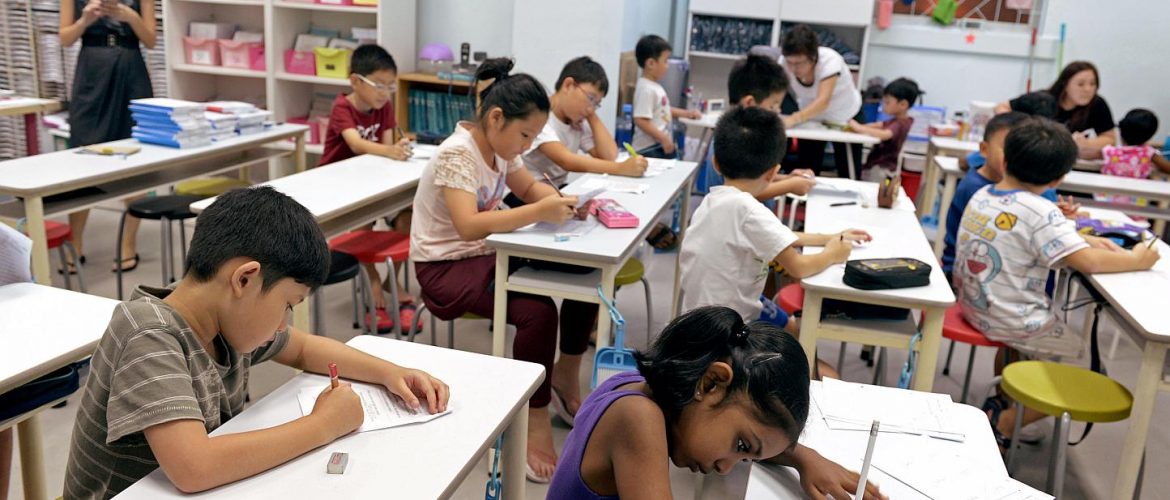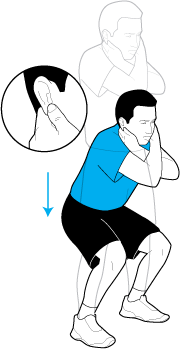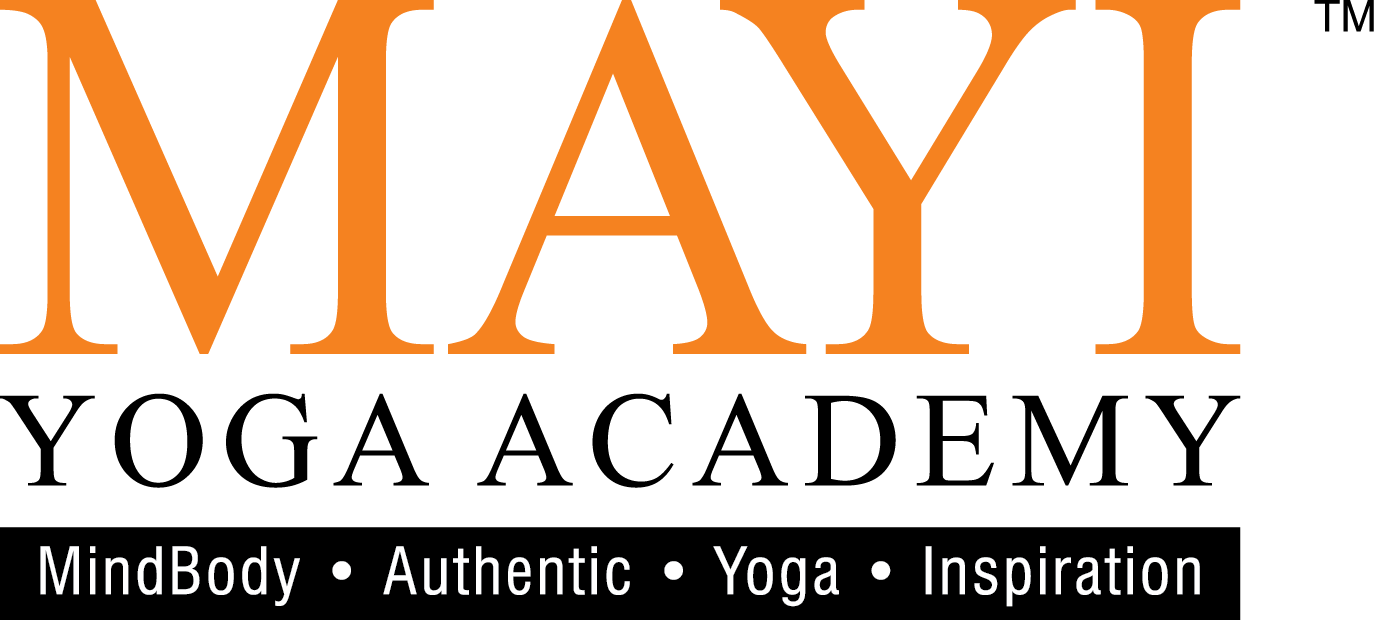Intervention of Yoga for Effective Learning
- July 14, 2019
- Posted by: admin
- Category: Featured Content,

By Dr Chandra Nanthakumar
In this contemporary society, it is not uncommon to see parents shuttling their children from one tuition centre to another after school hours, in the hope that their offspring will excel in school and hence be able to keep up with the Joneses.
In Malaysia, children studying under the conventional curriculum may spend up to 6 to 8 hours in school. Some even spend 10 to 12 hours due to heavy involvement in extra-curricular activities.
One would then expect these children to get a good rest and some entertainment on TV, but this does not happen for a couple of reasons. To begin with there could already be a tutor at the doorstep waiting for the child to settle in and get started with the next round of learning. Otherwise, parents could be honking at their children, signalling them to hasten for fear of being late for tuition. Some children, on the other hand, are ferried right away after school to the tuition centre.
One may wonder if these children are really producing results or have they been cajoled into supporting the tuition business. To make matters worse, heaps of homework await them as soon as they set foot in the house. This lifestyle has become the norm for both primary and secondary school children in this region.
By unwittingly coaxing children to be so involved in the rat race, little do parents realise that they may actually be doing more harm than good to their children’s natural cognitive development. This probably explains why more and more children are suffering from stress, anxiety and also depression. Hence, it is no surprise that not only adults but also more and more children are seeking psychological counselling/therapy and pharmacotherapy. During the counselling and therapy stage, it is normal for lifestyle and learning to be affected. While some children come out of it quite quickly, others may take a turn for the worse.

Do you exercise your brain?
Hence, parents and educators need to be aware that the brain, which is formed a few weeks after conception (Tierney & Nelson III, 2009), is a crucial part of the human anatomy that needs care. It is common to find people exercising to nurture their muscles, however, the brain is more often than not ignored. The brain produces half a million neurons every minute, but large numbers die due to migration and differentiation. Some of the common diseases due to this are Parkinson’s (difficulty in initiating movement), Huntington’s (uncontrollable twisting and writhing) and Alzheimer’s, or loss of memory (National Institute of neurological disorders and stroke, 2018).
Hence, poor brain health not only brings about diseases, but also impedes learning.
Hence, in order to promote effective learning, exercising the brain is of utmost importance. One super easy exercise that can be practiced is the super brain yoga (SBY). This is nothing sophisticated but a simple squatting exercise which not only improves but also maintains mental health, and increases calmness and inner peace. SBY helps activate the acupuncture points on the ears that stimulate the mind. Hence, it keeps the mind active and sharp, which is critical for learning and super learning.
Here is a simple step-by-step instruction on how to do SBY:
- Stand with the legs hip-width.
- Bring the left hand to the right ear lobe. The thumb is placed on the front while the index finger is placed at the back of the ear lobe.
- Bring the right hand to the left ear and do the same as above.
- This is the starting position.
- Inhale, and upon exhalation, come down to a squat. Hold for 3-5 seconds. Upon inhalation, come up to standing position. This is one round.
- Repeat this 15 to 20 rounds every day.
Research has proven the effectiveness of SBY in learning. According to Jois and D’Souza (2018), SBY enhances the qualitative and quantitative pranic energy in the brain. This is because the energy trapped in the lower parts of the body ascends to the brain, thus improving not only intelligence but also creativity. In a study with 1,945 students participating, it was found that after doing SBY for 3 months, students faced examinations more confidently. The findings also revealed that there was significant increase in memory and concentration (Jois & D’Souza, 2018).

In another study, it was found that yoga had demonstrated a variety of physiological, psychological and cognitive health benefits which are crucial for effective learning (Gother, Hayes, Tenali & Damoiseaux, 2018). The findings revealed that yoga practitioners exhibited larger grey matter volume in a number of regions, including the left para-hippocampal gyrus, hippocampus and insula, than the control group. In Hariprasad et al.’s (2013) study, it was also found that there was a significant increase in the bilateral hippocampus grey matter volume due to yoga intervention. Froeliger, Garland and McClernon’s (2012) study produced similar results and it can be deduced that yoga practice may be linked to the neuroplastic changes in the brain systems.
From these findings, it can be inferred that yoga may be helpful in promoting effective learning. I realise, as parents, we need to be mindful of our children’s abilities and at the same time allow them to relish their childhood. In order to excel in learning, amongst other things, children may want to embark on the SBY, which is just one type of asana in the practice of yoga. However, practicing SBY together with other asanas, breathing techniques, relaxation and meditation will allow the practitioner to not only develop clarity and perspicacity, but also reap the numerous benefits of yoga.
References:
- Froeliger, B., Garland, E., & McClernon, J. (2012). Yoga meditation practitioners exhibit greater gray matter volume and fewer reported cognitive failures: Results of a preliminary voxel-based morphometric analysis. Evidence Based Complementary and Alternative Medicine. 2012: 821307. doi: 10.1155/2012/821307
- Gother, N.P., Hayes, J.M, Tenali, C. & Damoiseaux, J.S. (2018). Differences in brain structure and functions among yoga practitioners and controls. Frontiers in Integrative Neuroscience, 12(26), doi: 10.3389/fnint.2018.00026
- Hariprasad, V. R., Varambally, S., Shivakumar, V., Kalmady, S. V.,Venkatasubramanian, G., and Gangadhar, B. N. (2013). Yoga increases the volume of the hippocampus in elderly subjects. Indian Journal of Psychiatry 55, S394–S396. doi: 10.4103/0019-5545.116309
- Jois, S.N. & D’Souza, L. (2018). The effectiveness of super brain yoga on centration, memory and confidence in school students. Indian Journal of Traditional Knowledge, 17(4), 741-744.
National Institute of neurological disorders and stroke (2018). Brain Basics: The Life and Death of a Neuron. Retrieved from https://www.ninds.nih.gov/Disorders/Patient-Caregiver-Education/life-and-death-neuron - Tierney, A.L. & Nelson III, C.A. (2009). Brain development and the role of experience in the early years, Zero Three, 30(2), 9-13.
